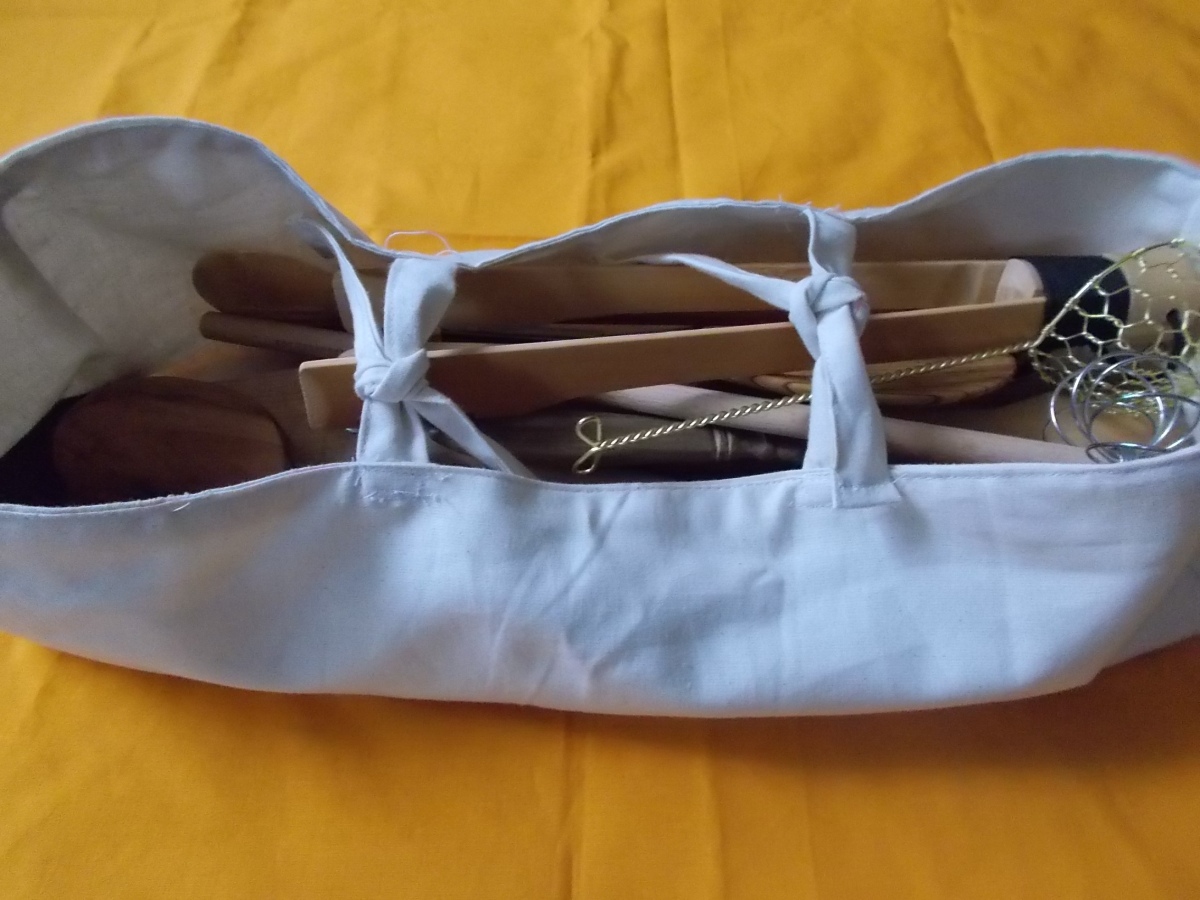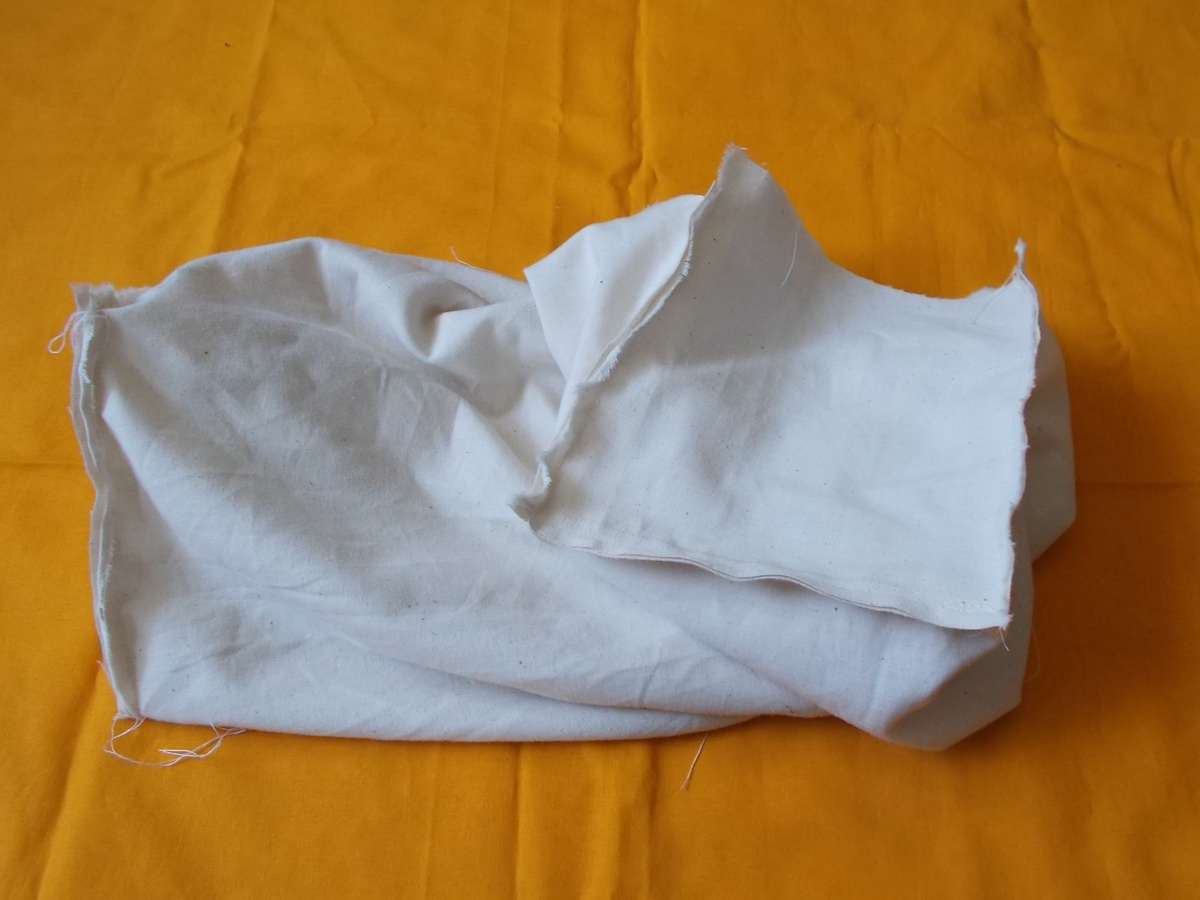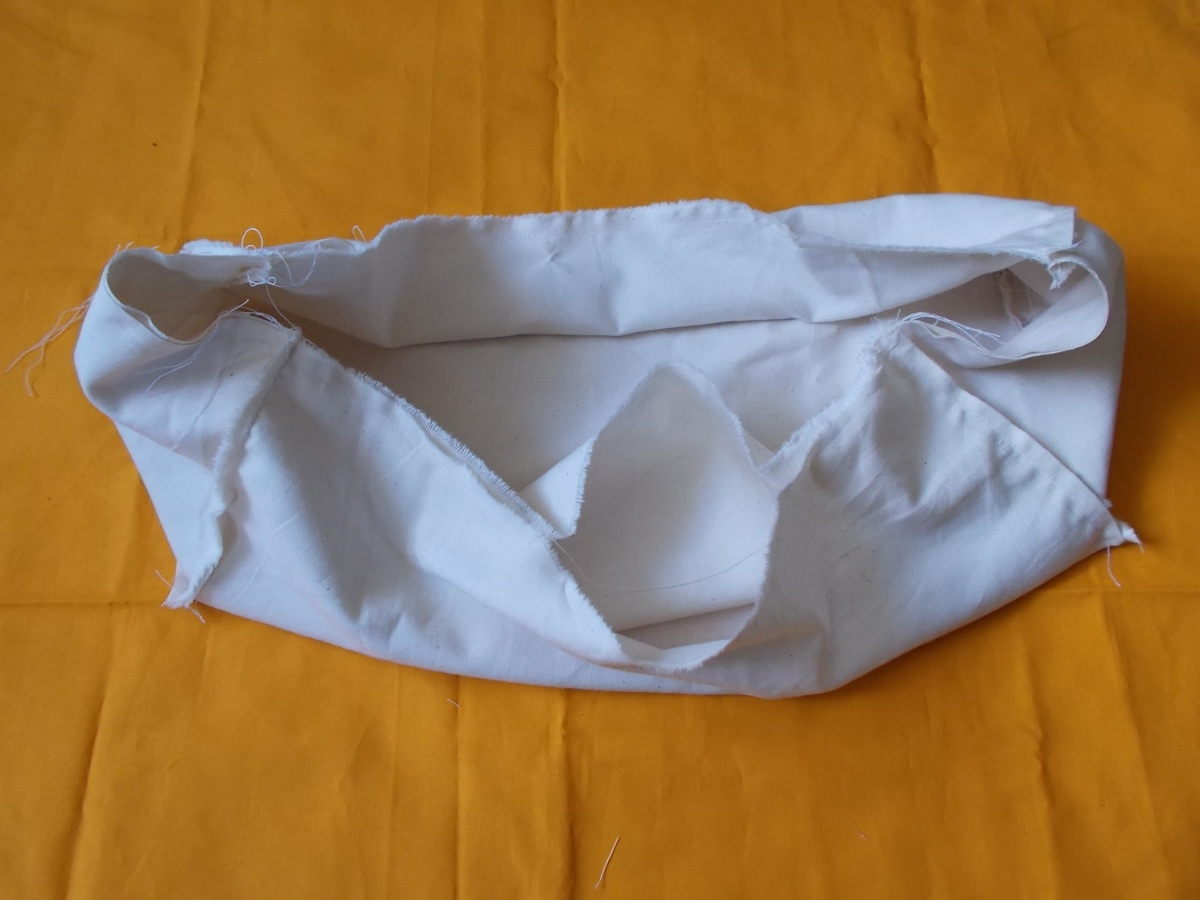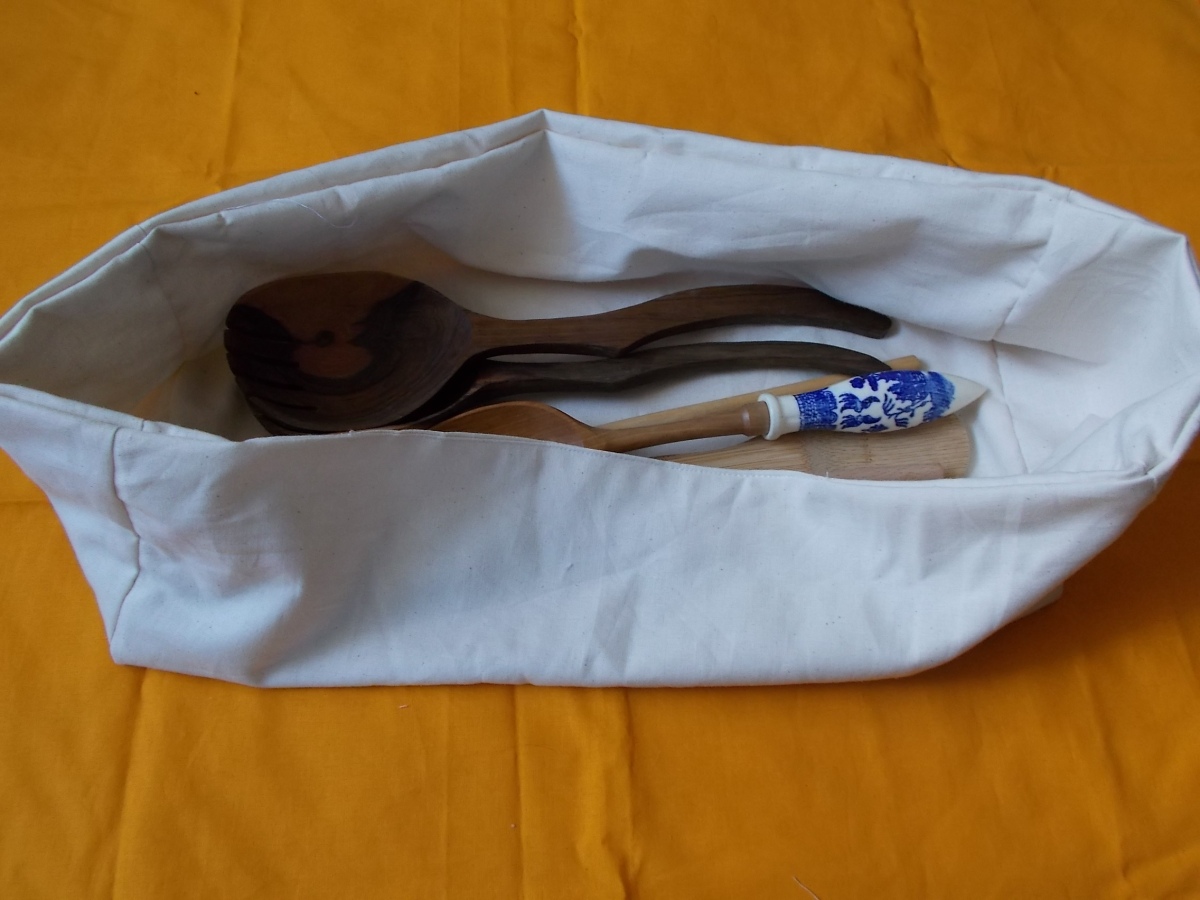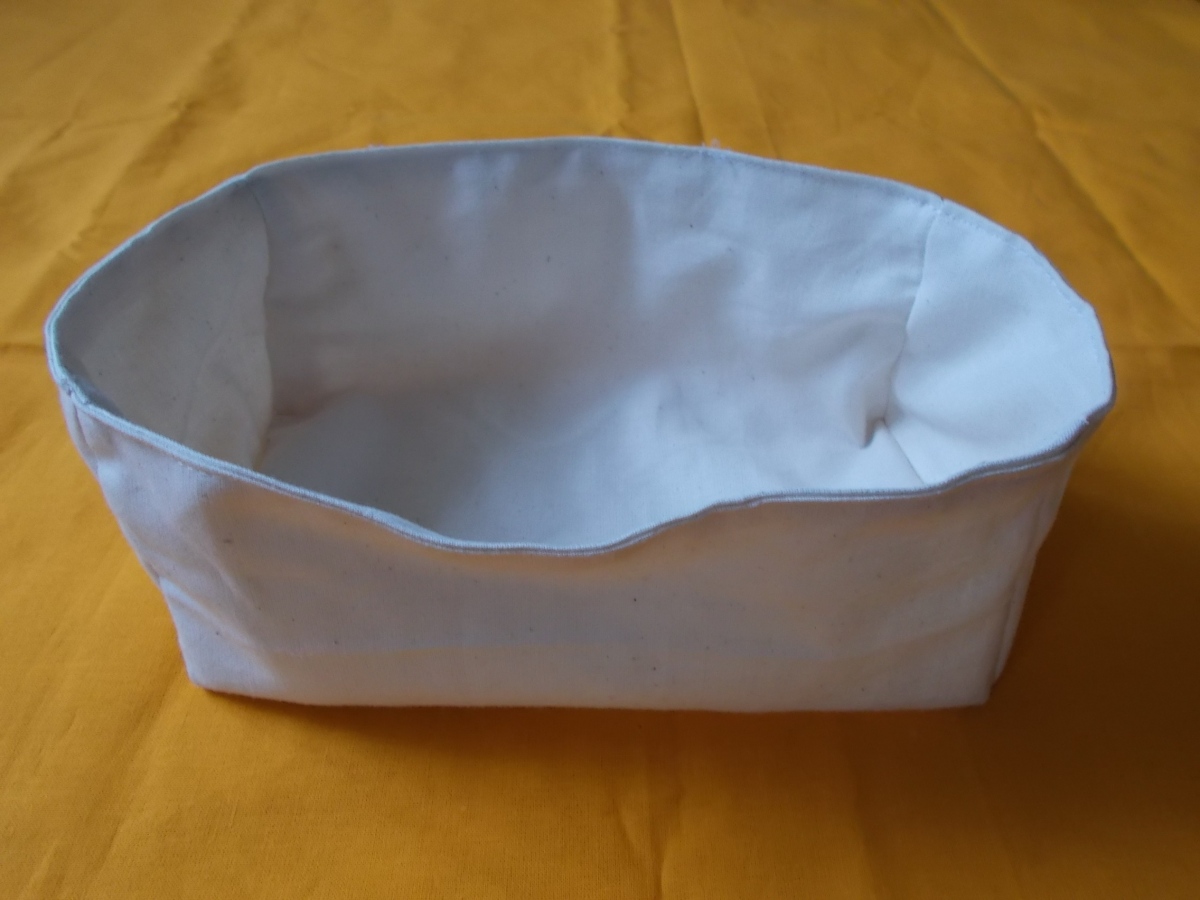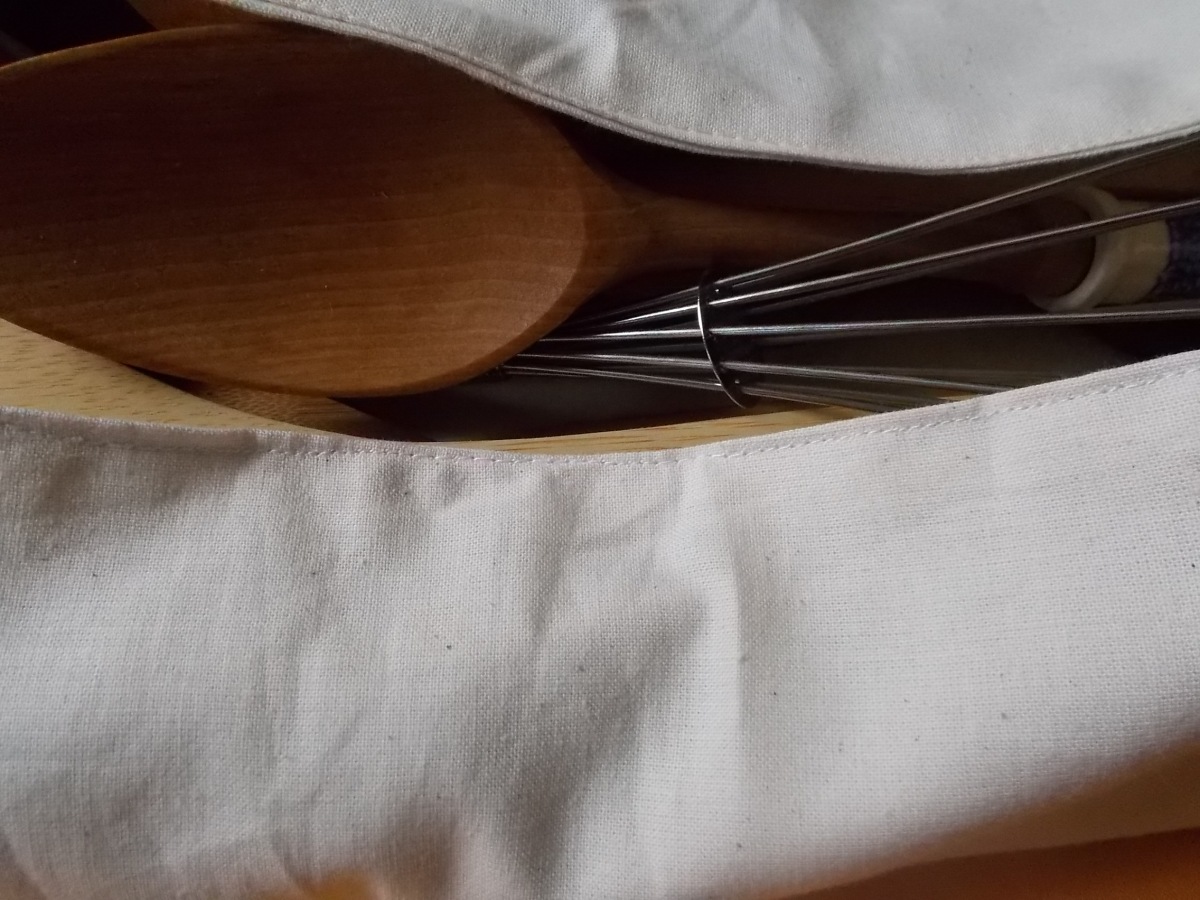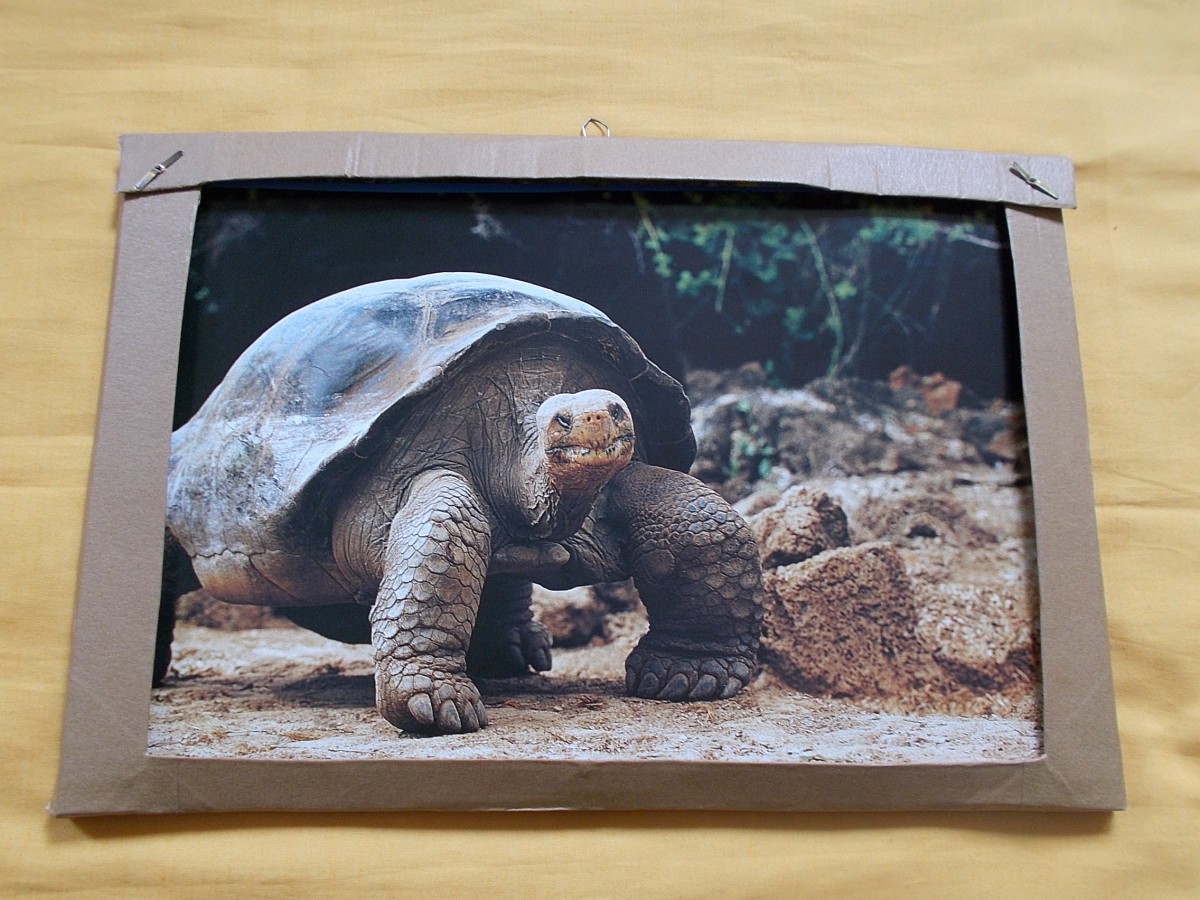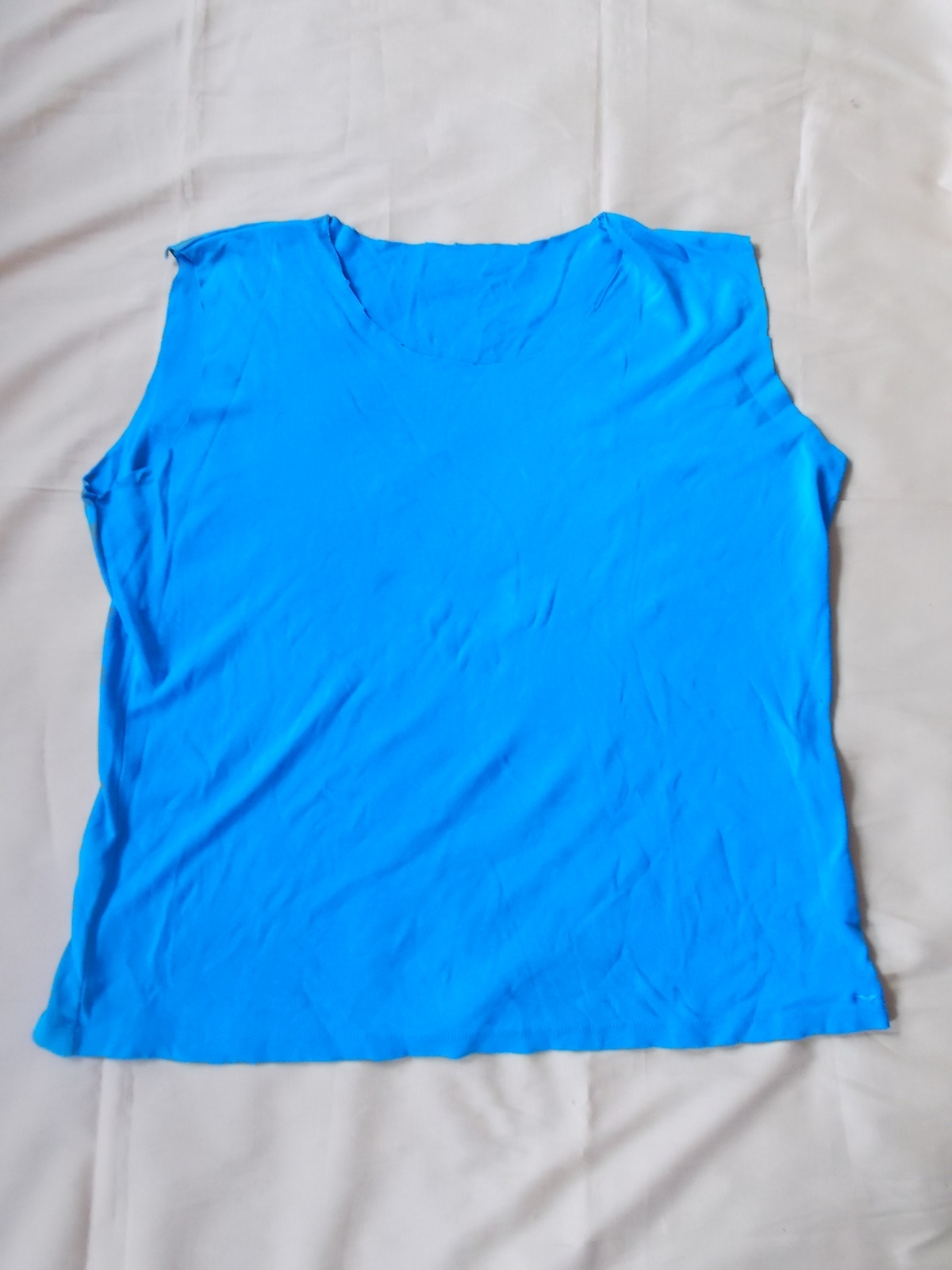
Today’s blog post will continue our series on a Zero Waste lifestyle and will teach you how to make glue, i.e. a paper glue that is perfect for most crafts made of paper and cardboard and even wood, and for most household purposes.
You will need:
- a cooking pot, a whisk, a small glass jar for storage and a paintbrush (to apply the glue)
- white flour
- corn starch
- vinegar
The flour, the cornstarch and the vinegar ought to be in a ratio of 33:33:33. Depending on how much glue you want to make, one or two tablespoons of each ought to be enough: one tablespoon of each will result in a small amount of glue – perfect if you don’t need much – and two tablespoons of each ingredient will result in a small jar – perfect if you want to make a larger crafts project and need more glue.
Instructions:
- Bring a cup of water to the boil (e.g. in a watercooker), then pour the boiling water into the cooking pot – or bring the water to the boil in the pot. Turn off the heat.
- Mix the flour and the cornstarch in a bowl. Then, using a whisk, mix it into the hot water and stir until it has a creamy consistence.
- Now mix in the vinegar.
- Your glue is finished now! 🙂 Transfer it to a clean jar and let it cool. Apply your glue with the paintbrush.
